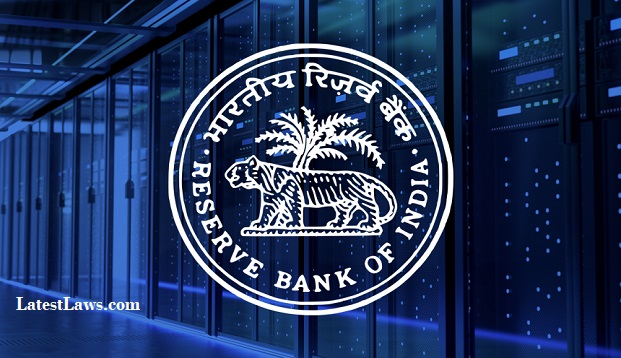BANKS
Bad loans may spike sharply post-moratorium, warns RBI
An increase in restructured advances ratio to 0.43% at end-September from 0.36% in March 2020 may be indicative of incipient stress, RBI said.
An increase in restructured advances ratio to 0.43% at end-September from 0.36% in March 2020 may be indicative of incipient stress, RBI said.

Bad loans, muted by a period of moratorium, has the potential to blow up. The Reserve Bank of India (RBI) has warned of a sharp deterioration in asset quality amid uncertainty induced by the Covid-19 pandemic and its impact on the real economy.
Gross bad loans, which stood at Rs 899,803 crore at the end of September 2020, is expected to shoot up. “The data on gross non-performing assets (GNPAs) of banks are yet to reflect the stress, obscured under the asset quality standstill with attendant financial stability implications,” RBI said.
Companies (with exposure of Rs 5 crore and above) constituted 79.8% of non-performing assets (NPAs) and 53.7 % of total loans till the end of September 2020, according to the RBI’s annual report on “Trend and Progress of Banking in India”.
The loss accounts where there is 100% provisioning rose sharply for private sector banks to Rs 34,986 crore at the end of March 2020, from Rs 9,576 crore a year ago. For public sector banks, it increased to Rs 107,163 crore from Rs 66,239 crore. Incidentally, public sector bank advances constitute 70% of the total bank credit.
An analysis of the published quarterly results of a sample of banks indicates that their GNPA ratios would have been higher in the range of 0.10–0.66% at end-September 2020. The Covid-19 provisioning and ploughing back of dividends would help shield their balance sheets from emanating stress to a certain extent. The share of special mention accounts (SMA-0) witnessed a sharp rise in September 2020. “This may be an initial sign of stress after lifting of moratorium on 31 August 2020,” the central bank said.
Banks have written off Rs 237,876 crore of loans, checking the rise of NPAs. Public sector banks wrote off loans worth Rs 178,305 crore in 2019–20, while private banks had written off Rs 53,949 crore, the RBI report revealed.
The gross NPAs of public sector banks came down to Rs 644,417 crore at the end of March 2020 from Rs 710,108 crore a year ago. In case of private sector banks, the NPAs fell to Rs 156,712 crore from Rs 183,970 crore.
The gross NPAs of public sector banks came down to Rs 644,417 crore at the end of March 2020 from Rs 710,108 crore a year ago. In case of private sector banks, the NPAs fell to Rs 156,712 crore from Rs 183,970 crore.
The RBI maintained that during FY20, scheduled commercial banks (SCBs) strengthened their capital buffers, improved their asset quality and raised liquidity coverage ratios (LCR), although the leverage ratios marginally declined. Despite the pandemic, RBI said, these improvements in soundness indictors continued till September 2020 due to moratorium on loans till August 2020 and continuing asset classification standstill.
“However, an increase in the restructured advances ratio to 0.43% at end-September 2020 from 0.36% in March 2020 may be indicative of incipient stress,” the RBI said.
The reduction in NPAs during the year was largely driven by write-offs. Banks wrote off Rs 237,876 crore of loans. NPAs older than four years require 100% provisioning and, therefore, banks may prefer to write them off. In addition, banks voluntarily write off NPAs in order to clean up their balance sheets, avail tax benefits and optimise the use of capital. At the same time, borrowers of written-off loans remain liable for repayment. Public sector banks, in particular, reduced advances against collateral of shares/debentures as a precautionary measure due to excess leveraging of corporates.
